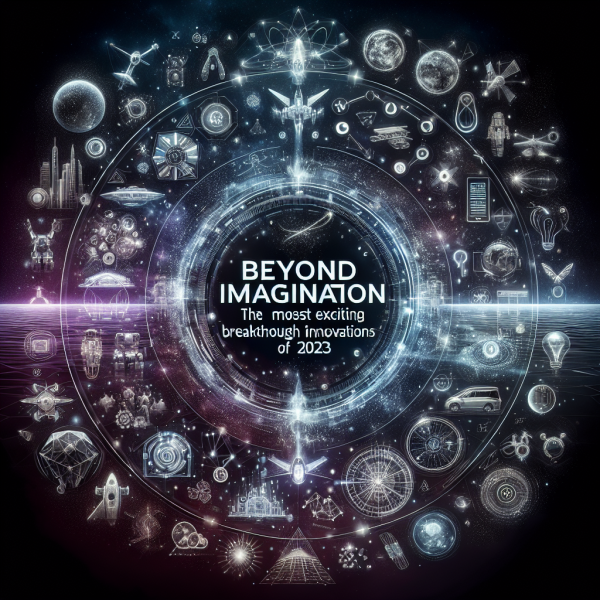Navigating the Landscape: A Comprehensive Analysis of Emerging Industry Trends

In today’s fast-paced world, industries are continuously evolving, driven by technological advancements, consumer demands, and global shifts. Understanding these emerging trends is crucial for businesses to remain competitive and agile. This article delves into several key trends shaping the landscape across various sectors, providing insights for industry leaders, entrepreneurs, and stakeholders.
1. Digital Transformation and Automation
The COVID-19 pandemic catalyzed the acceleration of digital transformation across industries. Organizations are increasingly adopting cloud technologies, AI, and machine learning to streamline operations, enhance customer experiences, and improve decision-making processes. Automation is becoming a core strategy for many businesses, minimizing human error and increasing efficiency.
Key Takeaway: Invest in smart technologies that facilitate automation and improve operational efficiency. Embracing digital tools not only optimizes processes but also allows for better adaptability to market changes.
2. Sustainability and ESG Initiatives
Sustainability is no longer an option; it’s a necessity. Companies are adopting Environmental, Social, and Governance (ESG) practices as consumers increasingly demand accountability and transparency in how businesses operate. From reducing carbon footprints to ensuring ethical labor practices, organizations are aligning their strategies with sustainable development goals.
Key Takeaway: Businesses should integrate sustainability into their core strategies. It’s essential to establish clear ESG goals and measure progress, as consumers are more likely to support brands that demonstrate genuine commitment to social responsibility.
3. Remote and Hybrid Work Models
The shift to remote work, a trend accelerated by the pandemic, is reshaping workplace dynamics. Companies are transitioning to hybrid models that offer flexibility, allowing employees to choose where and how they work. This flexibility has implications for company culture, employee engagement, and talent acquisition, shifting the focus to results rather than presence.
Key Takeaway: Develop a robust remote work policy that promotes productivity while fostering a strong company culture. Investing in collaborative tools and regular check-ins can enhance team dynamics and morale.
4. Health and Wellness in the Workplace
As awareness of mental health and overall well-being grows, companies are prioritizing employee wellness programs. The pandemic highlighted the importance of mental health support, leading organizations to implement initiatives that promote physical and mental well-being. This includes flexible work hours, access to mental health resources, and wellness workshops.
Key Takeaway: Prioritize employee wellness by integrating mental health support into workplace policies. A healthy workforce translates to improved productivity and engagement, ultimately benefiting the organization’s bottom line.
5. The Rise of the Circular Economy
The shift from a linear to a circular economy is gaining momentum as businesses seek sustainable practices that reduce waste and maximize resource efficiency. This trend involves designing products with their entire lifecycle in mind, encouraging recycling, reusing, and refurbishing materials. Companies adopting circular economic principles are also finding innovative ways to create new revenue streams.
Key Takeaway: Explore opportunities within the circular economy model by redesigning products and processes. Businesses can enhance brand loyalty and open new market avenues by emphasizing sustainability.
6. E-commerce and Omni-channel Retailing
The boom in e-commerce shows no sign of slowing down. Consumers are increasingly seeking seamless shopping experiences, merging online and offline channels. Brands that provide omnichannel retailing capabilities—where customers can interact with a business through various platforms—are likely to gain a competitive edge.
Key Takeaway: Invest in a robust omni-channel strategy that enhances customer experience across different shopping platforms. Focus on personalization and convenience to retain and attract customers.
7. Cryptocurrency and Blockchain Technology
Blockchain technology and cryptocurrency are transforming financial landscapes and creating new opportunities. Businesses are beginning to explore the potential of decentralized finance (DeFi) for transactions, supply chain management, and asset registration. As regulations evolve, early adopters may benefit from a competitive advantage.
Key Takeaway: Investigate the implications of blockchain and cryptocurrency for your business. Understanding these technologies can position your organization as an innovator in an evolving financial landscape.
8. Cybersecurity and Data Privacy
As digital transformation accelerates, so does the risk of cyber threats. Businesses are increasingly prioritizing cybersecurity measures to protect sensitive information and ensure compliance with data privacy regulations. The rise in hybrid work environments has also brought new challenges in safeguarding digital assets.
Key Takeaway: Invest in robust cybersecurity protocols and establish a culture of security awareness among employees. Regular training and updates can help mitigate risks and protect organizational integrity.
Conclusion
Navigating the complex landscape of emerging industry trends requires agility, foresight, and strategic planning. By being proactive in embracing digital transformation, prioritizing sustainability, fostering a healthy work environment, and staying attuned to technological advancements, businesses can not only survive but thrive in an ever-changing market. Understanding these trends and adapting to them will be key to achieving long-term success and resilience.














